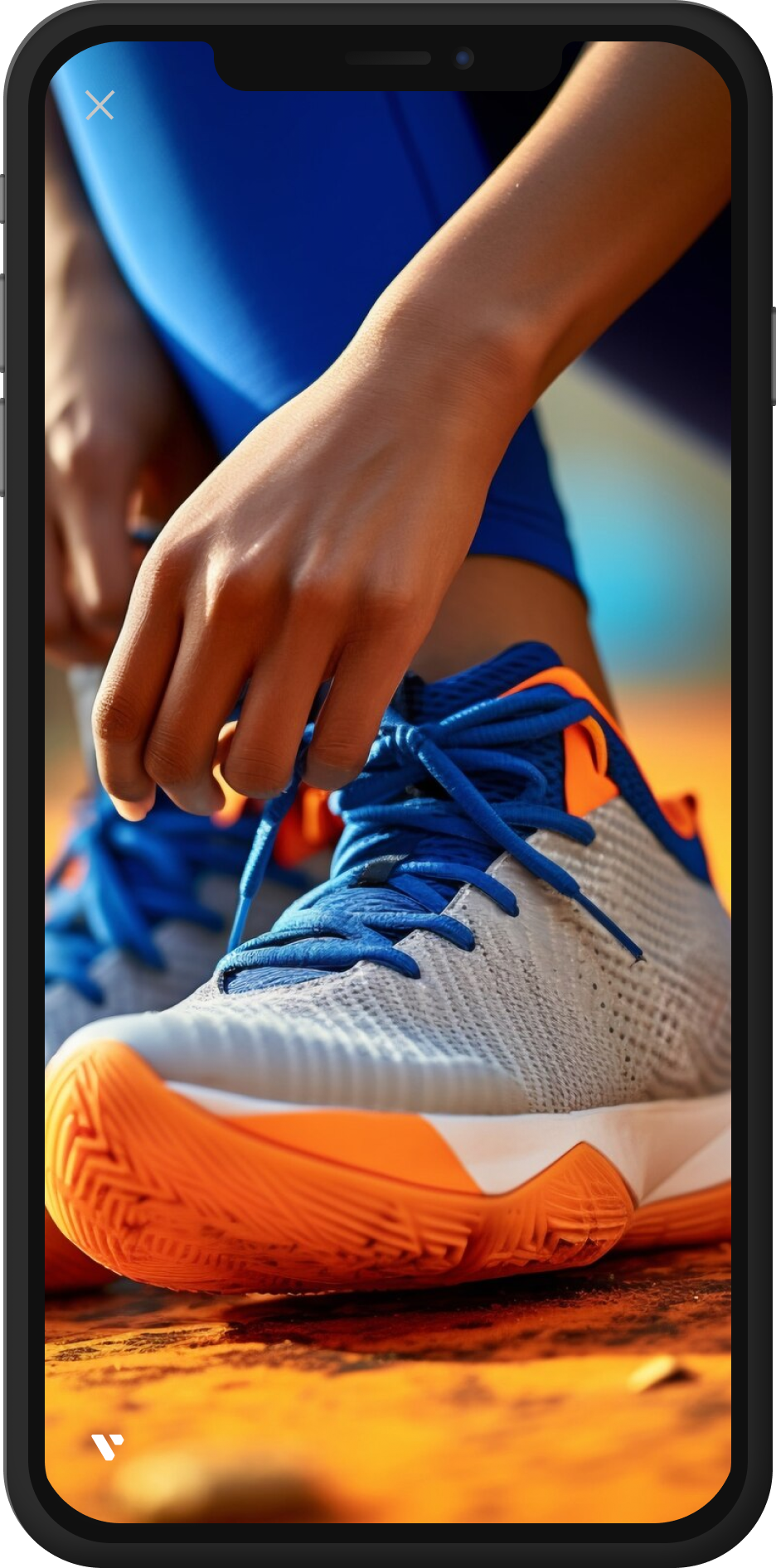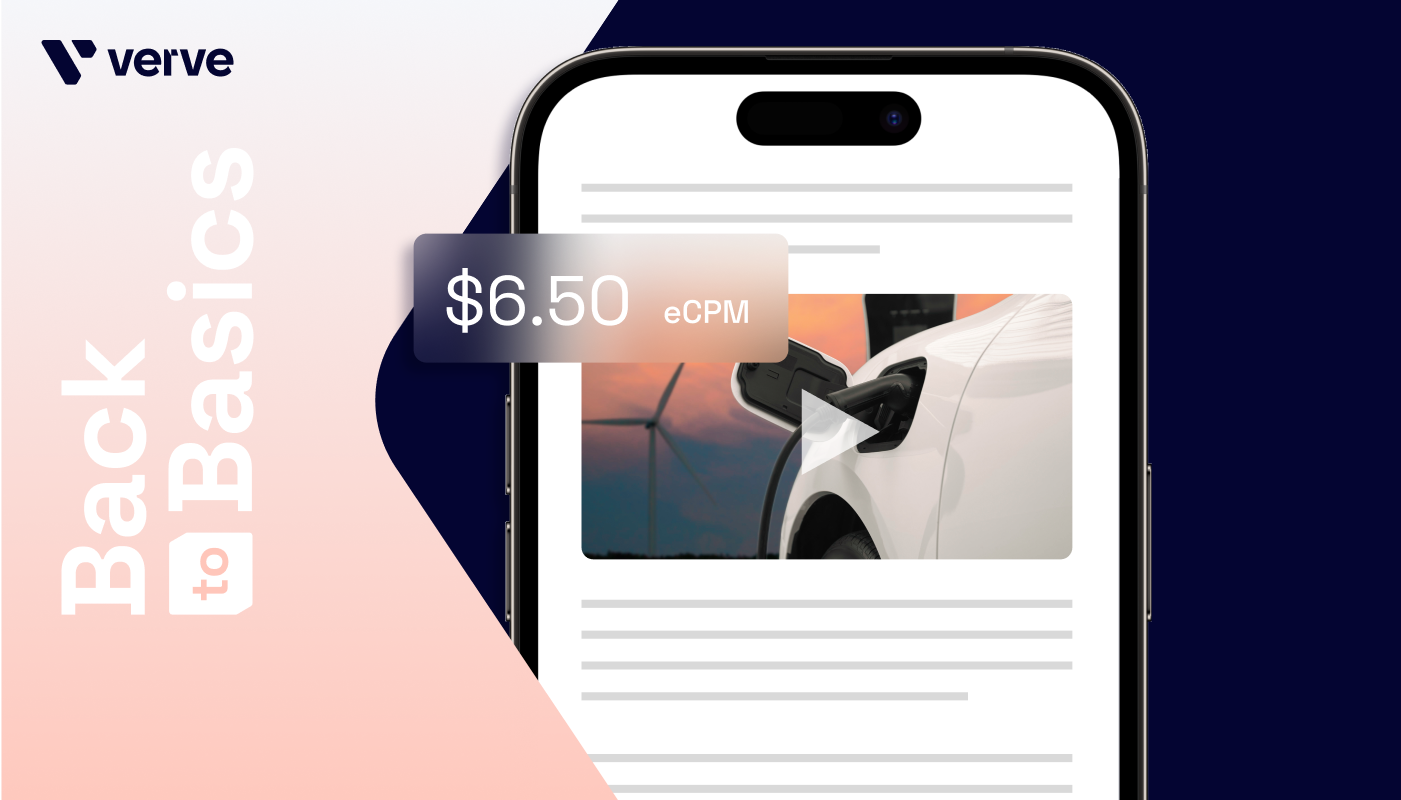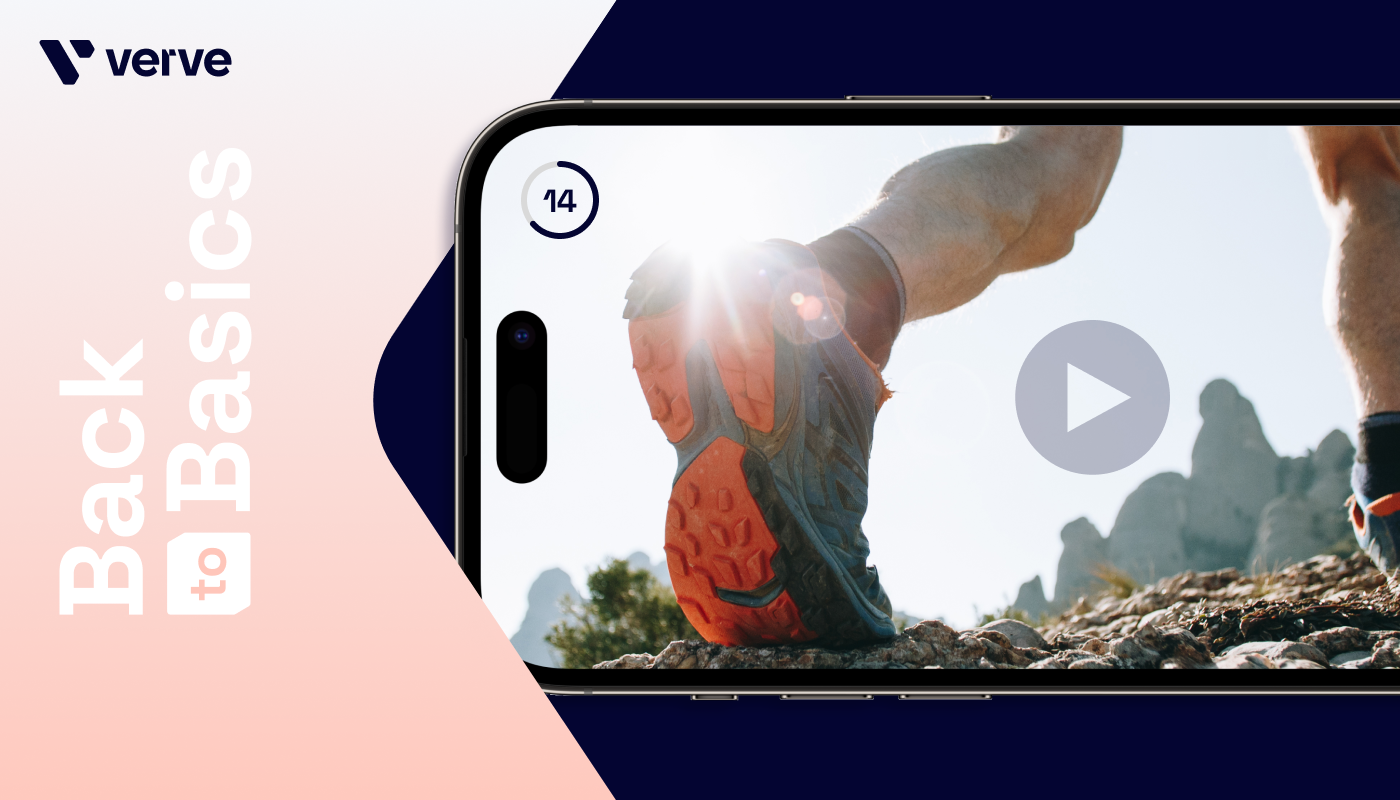eCPM is a key metric in digital advertising. Whether you’re seasoned in the industry or just starting out, this guide will unravel the complexities of eCPMs, demystify ad buying models, and equip you with actionable strategies to boost your eCPMs and optimize your earnings.
What does eCPM mean?
eCPM, short for “effective cost per mille,” is how much an advertiser pays for an ad space per unit of 1,000 ad impressions (mille is Latin for thousand). eCPM is one of the most important KPIs in digital advertising, as it shows how lucrative certain ad spaces, apps, websites, and other dimensions are. With a full understanding of eCPM, publishers can optimize their monetization strategies.
This guide will explain how eCPM is calculated, the difference between CPM and other types of buying models, and how app publishers can increase their eCPMs.
How is eCPM calculated?
eCPM is calculated by dividing the ad revenue by the number of ad impressions and then multiplying the quotient by 1000. Most ad platforms will calculate eCPM automatically for publishers. However, it’s still useful to have a good understanding of how to calculate this metric. A publisher, for example, can calculate their average eCPM across multiple ad platforms.

Here are a few examples to show eCPM calculations in action:
eCPM example A:
A banner ad in a mobile game reaches 100,000 impressions and generates $150 in ad revenue for the app publisher.
The eCPM is calculated as follows:
($150 ÷ 100,000) × 1,000 = $1.50
The eCPM is $1.50. This means that the mobile game publisher earns $1.50 for every 1,000 ad impressions.
eCPM example B:
Now let’s say that the same mobile game also serves rewarded video ads. These ads reach 40,000 impressions and generate $200 in revenues for the app publisher.
The eCPM is calculated as follows:
($200 ÷ 40,000) × 1,000 = $5
The eCPM for rewarded video ads is $5 in this case.
Let’s test your ability to calculate eCPM
What is the difference between CPM and eCPM?
The acronyms CPM and eCPM can’t be used interchangeably.
CPM (cost per mille) is the price an advertiser pays for 1,000 ad impressions. It is a pricing model where advertisers are charged based on the number of times their ads are displayed.
eCPM (effective cost per mille) is the cost for 1,000 ad impressions regardless of purchasing method. For example, eCPM can be calculated for campaigns that are purchased on a cost-per-click (CPC) or cost per acquisition (CPA) basis. This makes eCPM a useful metric for advertisers to compare costs across different types of campaigns, whether they purchased on a CPM-basis or not. Publishers can also use eCPM to compare their earnings across different monetization methods and ad formats to optimize their ad revenue.
In short, CPM is the type of buying model used in an auction. eCPM is a comparative metric to show how much ad revenue results from 1,000 ad impressions.
Beyond CPM: The other buying models
These are the other most common pricing models used in digital advertising.
Cost per click (CPC)
In this model, advertisers pay whenever a user clicks on an ad.
- Example: If an ad gets 1,000 impressions but only 50 clicks at $0.50 CPC, then the advertiser pays 50 x $0.50 = $25.
Cost per action/acquisition
With CPA, the advertiser pays when a user completes a specified action, such as making a purchase or creating an account.
- Example: A retailer pays $10 CPA, and 15 users make a purchase after clicking on their ad. Then they pay 15 x $10 = $150.
Cost per install (CPI)
This is a common model used in mobile in-app advertising, where advertisers pay when a user installs their app.
- Example: An app’s advertising campaign has a $5 CPI and generated 50 installs. The advertiser pays 50 x $5 = $250.
Cost per completed view (CPCV)
Advertisers only pay for a video ad when the user watches the entire video.
- Example: An advertiser pays $0.30 CPCV. 500 users see their ad, but only 100 watch it in its entirety. The advertiser pays 100 x $0.30 = $30.
How to increase eCPM and earn more ad revenue
Even a small increase in eCPM can make a huge difference when considering scale. Let’s assume you have a popular app with one million ad impressions per day. A small eCPM increase of just 5 cents means $100 per day — or $3,000 per month. Driving up eCPMs makes a significant impact over time, so it’s worth the effort to optimize your monetization strategy. Here are a few steps to take to boost eCPMs.
Use engaging ad formats — especially video
When it comes to eCPM, not all ad formats are equal. Some ad formats generate much higher eCPMs than others, and that’s especially the case for video. Advertisers are willing to pay more for ad formats that engage users. The most engaging ad formats, which also boast the highest eCPMs, include rewarded video, playable ads, interstitial video, and splash ads.



Experiment with ad placement
As lucrative as video can be, it’s not ideal to focus exclusively on this ad format if it doesn’t fit well with your app. What’s more important is catering to the user experience. Ad viewability is important, and ads that appear above the fold (i.e., without requiring users to scroll) will achieve higher eCPMs.
Conduct A/B testing to find out what works best for your app and your users. When analyzing the results, ask yourself: which ad placements had the best fill rates? Which had the best eCPM? After a series of experiments, you can find the optimal combination of ad format, placement, and frequency that creates a great user experience while also generating the highest revenue.
In defense of banner ads
Banner ads are generally considered to offer lower eCPMs than other ad formats. However, banner ads shouldn’t be written off when it comes to building an effective monetization strategy. Banner ad spaces are desired by advertisers, as they’re inexpensive, non-intrusive, and can reach a huge audience.
Work with the right monetization partner
One of the most important steps in increasing eCPMs is to work with the right monetization partner. Ideally, this partner offers the following:
- Access to diverse, high-quality demand
- Easy integration options
- High standards of ad quality to protect the user experience
- Experienced account managers who can help you maximize eCPMs
The right partner, combined with an optimized monetization strategy, can help you raise your eCPMs significantly. Even an incremental increase makes a huge impact on revenues.







